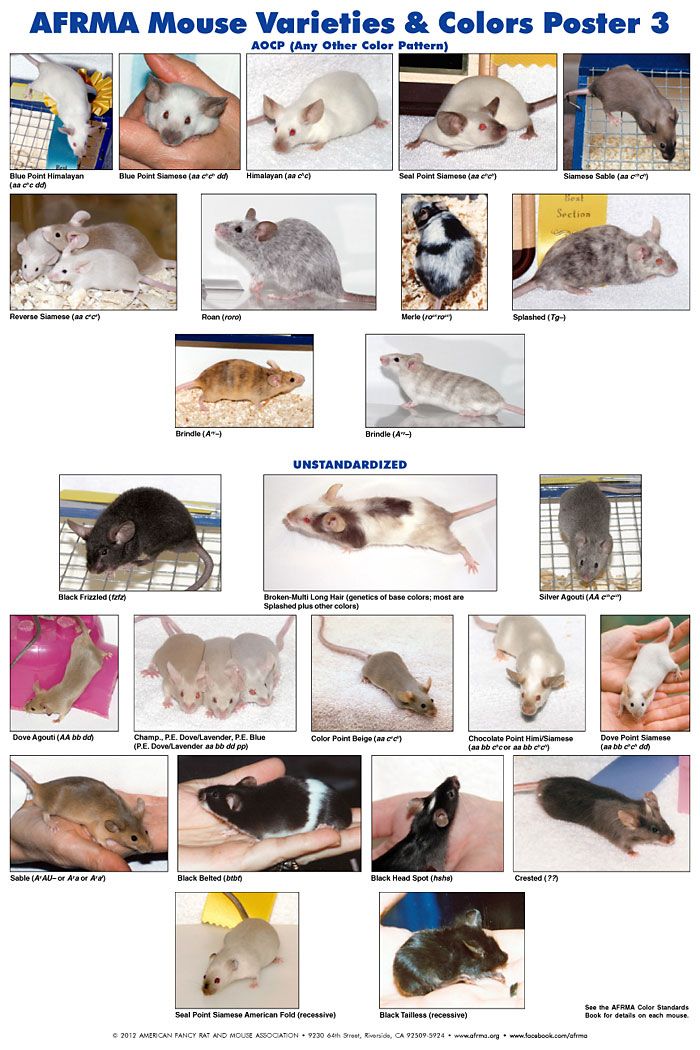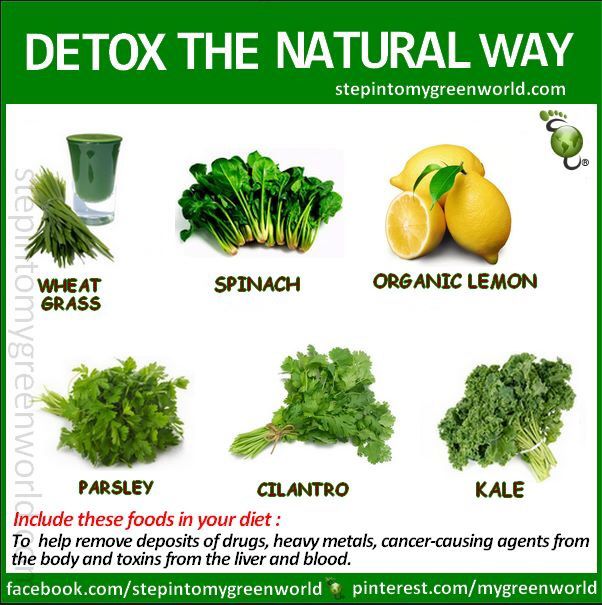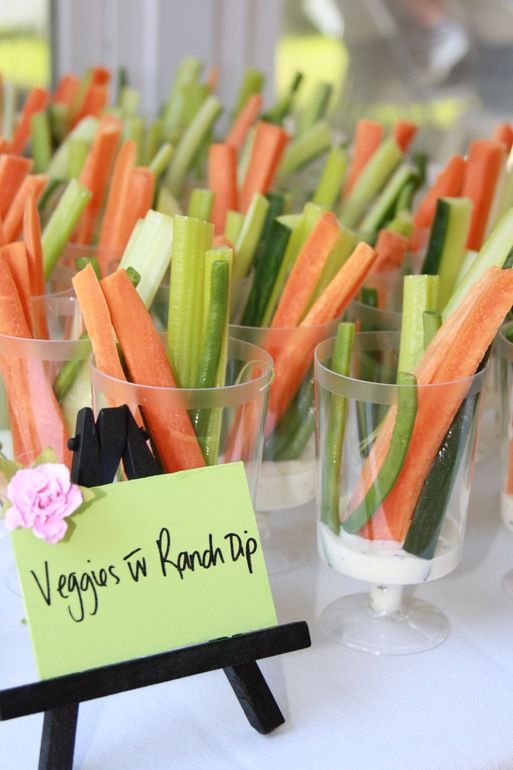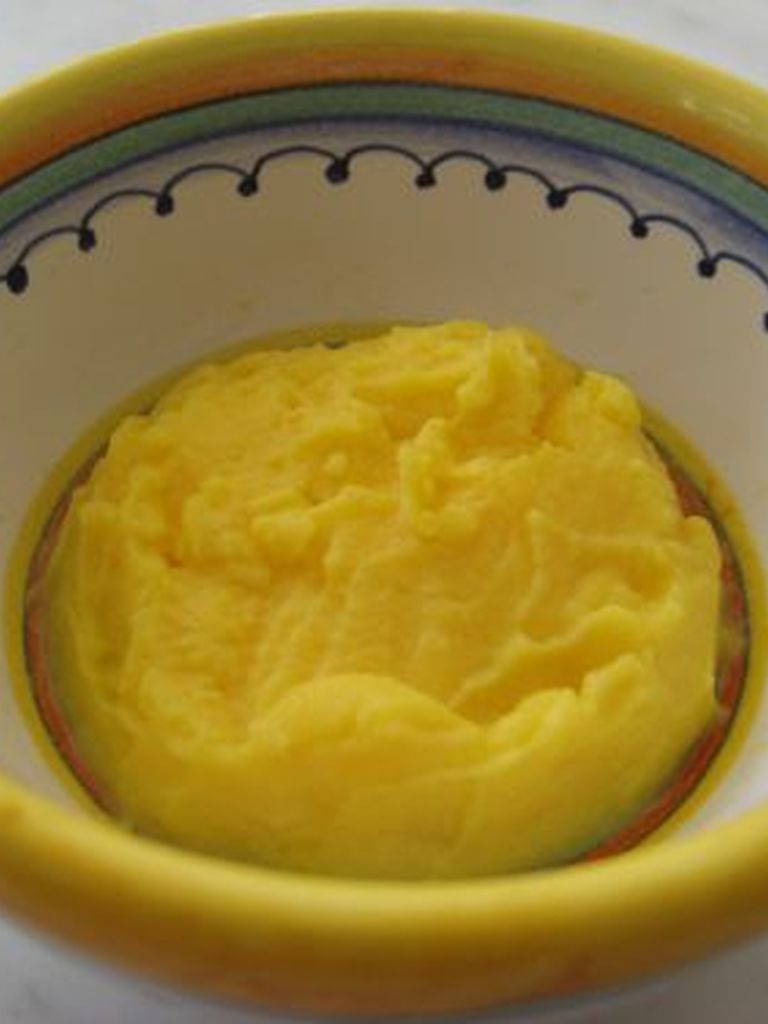Will baby choke on finger food
What You Need to Know
Terrified that baby-led weaning or feeding will cause your child to choke on solid foods? Here’s 8 tips to prevent choking when baby-led weaning, plus a list of foods to avoid.
Want to read this post in a visual way? Check out my Google web story on Top Tips to Prevent Choking when Baby Led Weaning.
Baby-led weaning is a very popular–and now almost mainstream–way to introduce your baby to solids. Essentially, baby-led weaning is skipping purees and spoon feeding altogether and allowing your baby feed herself with finger foods. Your baby eats with you during family meal times–and often even family foods–right from the start, around six months of age.
The potential benefits of baby-led weaning are:
There are many benefits to baby-led weaning listed in my comprehensive guide.
But, won’t my baby choke?
A common concern is that baby will choke on solid foods. Now, choking is serious business, and although it’s very rare, it’s important that you’re aware of common choking hazards and that you are prepared (ie. take infant CPR and First Aid) just in case. But choking gets confused with gagging—which is completely different. Gagging is extremely common when babies are starting solids. The gag reflex keeps larger food pieces out of the wind pipe and near the front of the mouth, only allowing very well-chewed foods to the back to be swallowed. It’s a safety mechanism to prevent choking! And it happens A LOT if you choose the Baby Led Weaning route, especially in the beginning. It’s not a bad thing!
Here’s what you’ll find in this post:
- The difference between gagging and choking
- Why it’s important to let baby self-feed
- Why it’s important to always watch your baby while they’re eating
- Why it’s important to use a proper highchair
- List of common choking hazards
- Month-by-month list of appropriate foods (size, texture, shape)
- Avoiding distractions at mealtimes
- Why you should take infant First Aid and CPR
- This is the number one choking hazard (and might surprise you!)
Yet I hear from many moms who want to try baby-led weaning, but are too terrified that their baby will choke on solid foods.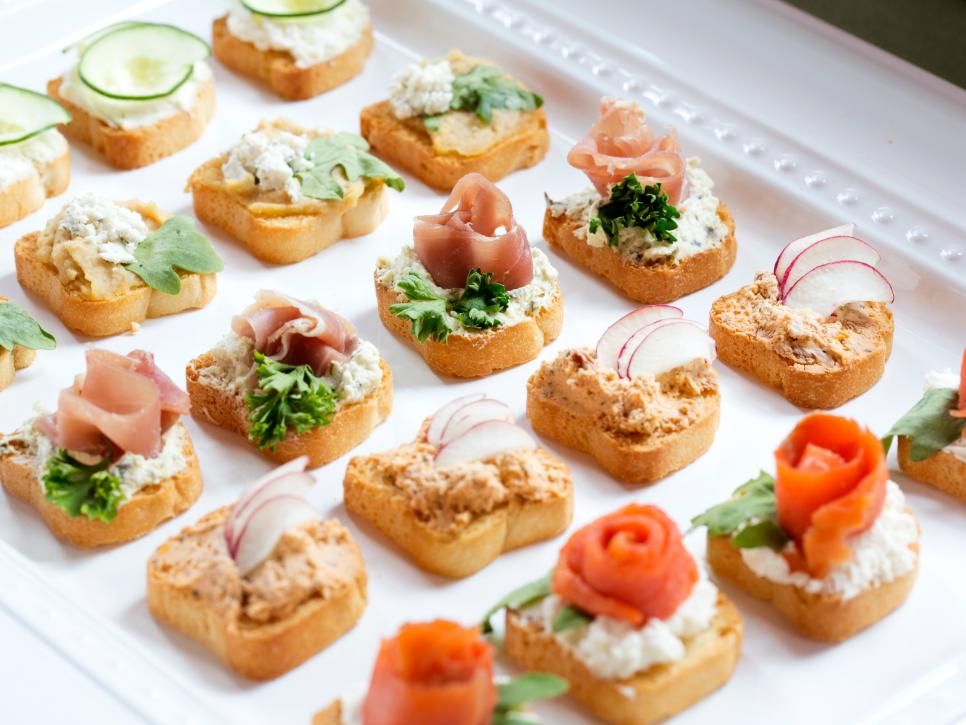 Some good news recently came from a new study of 206 babies, called “A Baby-led Approach to Eating Solids & Risk of Choking.” The study compared a group of baby-led weaners (whose parents were given extra education on how to safely practice baby-led Weaning) to a “control” group.
Some good news recently came from a new study of 206 babies, called “A Baby-led Approach to Eating Solids & Risk of Choking.” The study compared a group of baby-led weaners (whose parents were given extra education on how to safely practice baby-led Weaning) to a “control” group.
The control group babies mostly started solids using the standard puree method. While the baby-led weaners did gag more at six months than spoon-fed babies, they gagged less by eight months of age. Because by this time, the baby-led weaners had gotten used to eating solids, and the pureed feeders were just starting! And there was no difference in the number of actual choking episodes reported between the two groups.
Gagging – why it’s nothing to be concerned about
Your baby will gag. A lot! Especially in those first few weeks of solid foods and if you’re letting your baby self-feed with finger foods. The best thing to do is to remain calm and cool and encourage your baby to work it out by staying positive, smiling, and NOT PANICKING.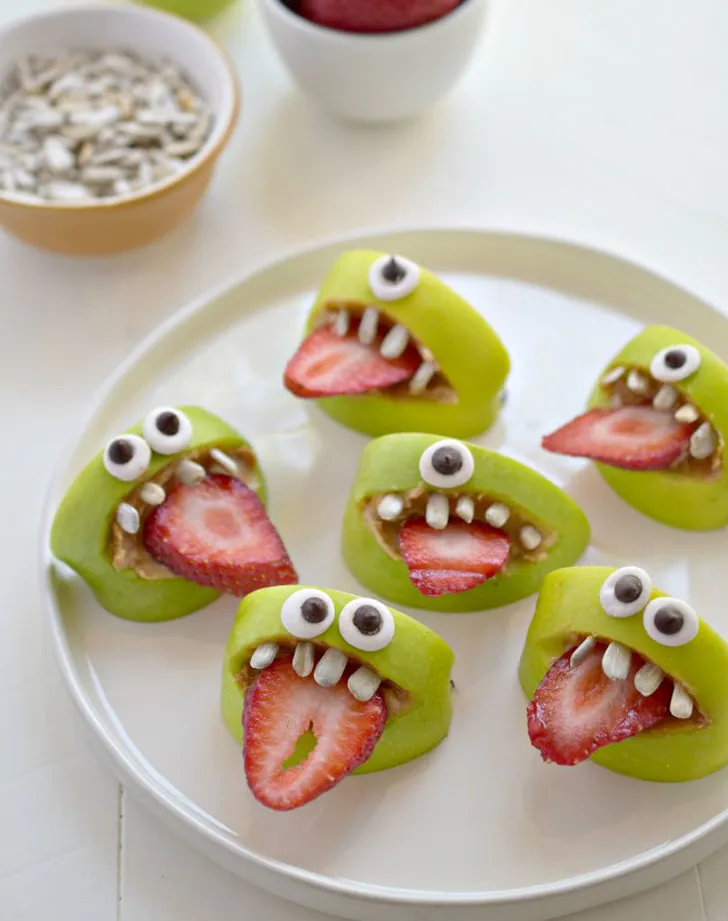 This is hard, but really important. If your baby sees you freak out, they might too, and it may possibly turn a normal experience into a scary one.
This is hard, but really important. If your baby sees you freak out, they might too, and it may possibly turn a normal experience into a scary one.
One common misconception is that gagging is the same thing as choking. Gagging is extremely common when babies are starting solids. In fact, as mentioned above, gagging is a safety mechanism to prevent choking when baby led weaning. Gagging doesn’t usually bother babies; but it does often bother parents! A potential benefit of introducing real foods sooner, is that the gag reflex is further forward in your baby’s mouth. This reflex moves farther back on your baby’s tongue as he ages.
In contrast to gagging, choking occurs when the air tube is blocked. If your baby bites off a perfectly round shaped piece of hard food, it is possible they will choke. But there’s a lot you can do to prevent it…
Here are my top eight tips to prevent choking when baby-led weaning:
1. Let your baby self-feed
If you put food into your baby’s mouth, it may immediately fall to the back of your baby’s throat, without having a chance to control it with their tongue and chew it. In the study quoted above, a total of three out of 206 babies choked to the degree they required emergency health care assistance. Of these three babies, two choked on milk and the third choked when food was placed in its mouth. Moral of the story? Never put a piece of food into your baby’s mouth.
In the study quoted above, a total of three out of 206 babies choked to the degree they required emergency health care assistance. Of these three babies, two choked on milk and the third choked when food was placed in its mouth. Moral of the story? Never put a piece of food into your baby’s mouth.
Your baby might enjoy experimenting with a self-feeding spoon. It’s also going to be a messy learning experience, so you may want to stock up on bibs!
2. Watch your baby while they eat
While you can hear your baby gagging, you can’t hear them choking. Choking is often silent, which is why it’s so important that you sit down and eat with your baby. Don’t continue preparing food, do the dishes or go put a load of laundry in. I know that it’s tempting to multitask (I really do!), but when baby is learning how to eat, it’s important to be there to supervise and facilitate a positive and safe experience.
3. Use a proper high chair
It’s important to make sure that your baby is comfortable and secure in their highchair (I love this feeding highchair!).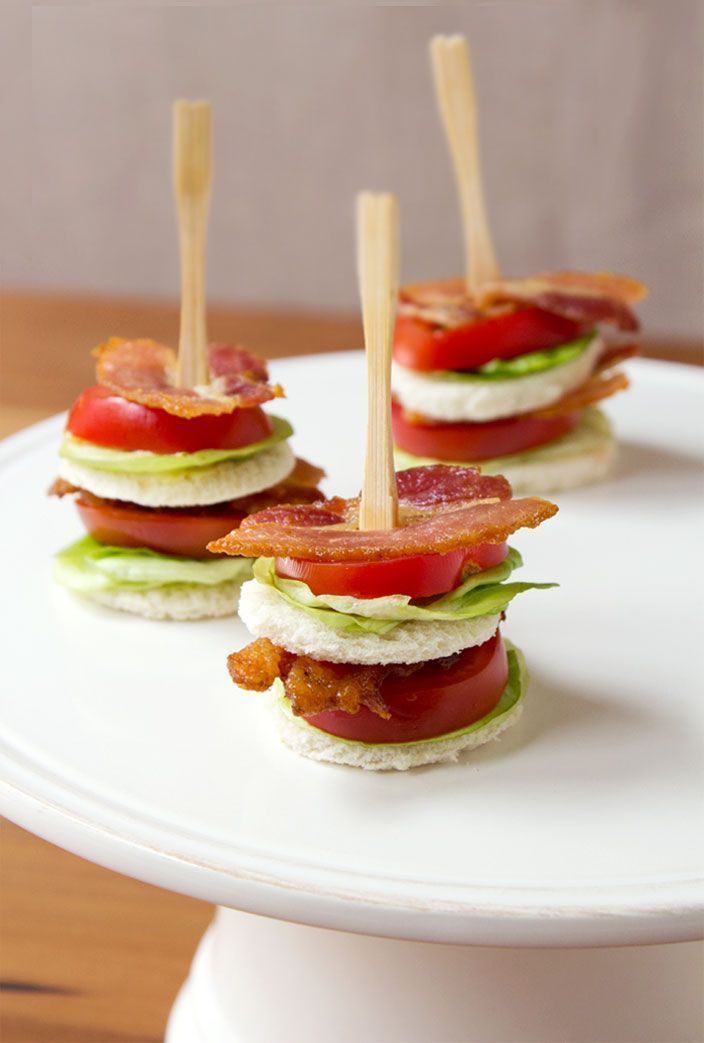 Their feet should ideally be resting on a firm surface and their legs should be bent at a 90 degree angle. This helps to make sure that baby is focusing more on eating and less on keeping their bodies upright and balanced (and prevents a very wiggle baby!). And unless there’s a risk of your baby falling or climbing out, I preferred not to buckle the high chair with my babies. That way you can get them out quickly, if needed. Make sure baby is sitting upright, and not in a reclining position.
Their feet should ideally be resting on a firm surface and their legs should be bent at a 90 degree angle. This helps to make sure that baby is focusing more on eating and less on keeping their bodies upright and balanced (and prevents a very wiggle baby!). And unless there’s a risk of your baby falling or climbing out, I preferred not to buckle the high chair with my babies. That way you can get them out quickly, if needed. Make sure baby is sitting upright, and not in a reclining position.
4. Don’t offer food in choking-hazard size
Your baby’s air pipe is about the width of one of their finger nails, so it’s important to serve thinly sliced foods. Avoid round items like whole grapes, cherries, nuts, berries, cherry tomatoes and wieners. Instead, slice them in halves or quarters.
Things like big gobs of peanut butter, popcorn and stringy fruits and vegetables are also choking hazards. For harder fruits and veggies, I like to cut them in the shape of a potato chips: long enough for a beginner to grasp, but thin so that choking isn’t likely.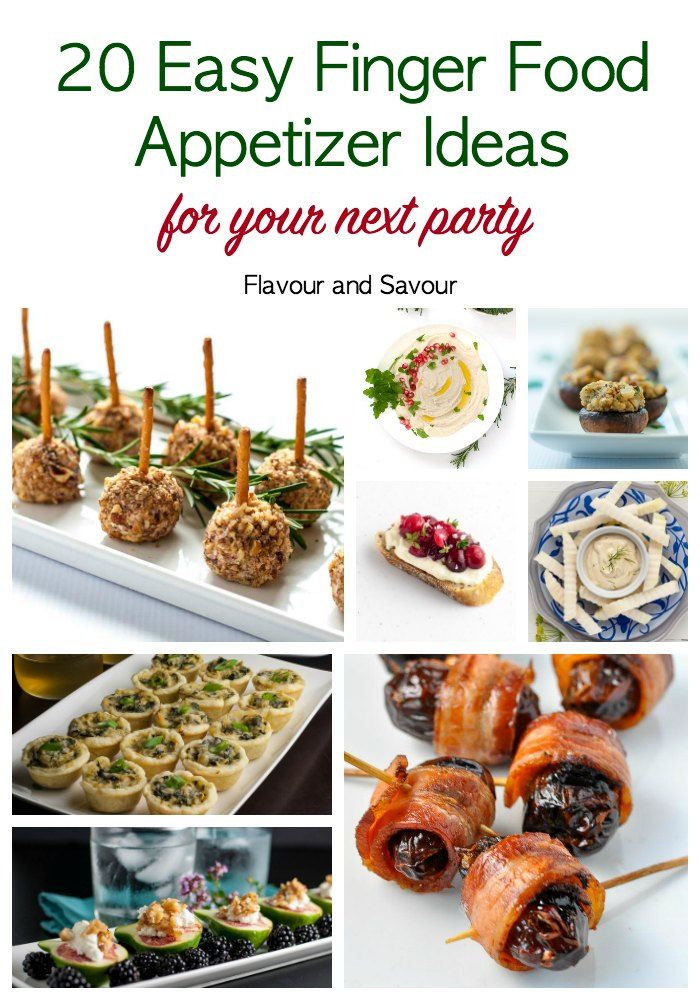
Here’s a full list of potential choking hazards:
- Hard vegetables raw, such as cut baby carrots or raw beets
- Firm fruit with and without peels
- Chunks of firm meat or cheese
- Fruits with pits or seeds (that haven’t been removed), like a whole plum or peach
- Whole grapes
- Popcorn
- Marshmallows
- Whole nuts
- Fibrous and stringy foods like celery, pineapple, or asparagus
- Hard candies, mints, or cough drops
- Fish with bones
- Snacks with toothpicks or skewers
- Whole hotdogs or sausages
Alternative ways of serving:
- Steam vegetables and fruit.
- Peel and grate hard vegetables and fruit like carrots, parsnips, apples, and zucchini.
- Grate cheese.
- Always remove pits and seeds from fruit.
- Slice grapes into lengthwise halves or quarters.
- Thinly spread peanut butter or any other nut or seed butter on toast.
- Debone fish.

- Serve fresh, frozen, or canned (rinsed) corn instead of popcorn.
5. Offer appropriate size, texture and shape of food
Through the ages of 6 to 12 months, you can expand the textures and sizes of foods that are suitable to serve. As babies grow, they slowly develop more mature chewing and swallowing skills, as well as better finger dexterity and fine motor skills. This helps them handle firmer, smaller pieces of food. As you watch your baby eat, you will notice changes in the size of pieces that they can pick up.
In terms of texture, it’s important to steam fruits and veggies and test the foods to make sure you can mash them with your tongue on the roof of your mouth, especially in the beginning. It’s much easier to cough up a piece of soft food, than hard food!
Every baby develops at a slightly different rate, and that’s okay! While one baby might be ready to pick up small peas and blueberries by 9 months, another might not be ready until 11 months. These suggestions are just a loose guideline of which textures and sizes of food to offer at each age and stage. Of course, pay close attention to your own baby to know what’s right for them.
These suggestions are just a loose guideline of which textures and sizes of food to offer at each age and stage. Of course, pay close attention to your own baby to know what’s right for them.
As your baby becomes a more confident feeder, move to the next stage. By the time they turn one, your baby will be self-feeding like a pro—you got this!
6 TO 7 MONTHS
Protein/iron-rich:
- Meat and poultry: Minced; pureed; slow-cooked and shredded; or meatballs or patties
- Low-mercury fish: Deboned, then soft-cooked or pureed fish
- Eggs: Hard-boiled and mashed; omelets cut into strips; or scrambled
- Legumes: Cooked and mashed or pureed beans, lentils and chickpeas. Silken or mashed firm tofu
- Cheese: Thinly sliced or grated
- Nut butter: thinly spread on toast strips; or stirred into infant cereal
Fruits and vegetables:
- Soft fruits: Peeled and cut into large strips – try avocado or ripe pear.

- Bananas: Leave half the peel on to help baby’s grip
- Hard fruits and vegetables: peeled and steamed until soft, then mashed or pureed, or cut in large strips as finger food. Try green beans, carrots, zucchini or apples
Grains:
- Whole grains: Cooked and spoon-fed quinoa or oats.
- Whole grain bread: Toasted and cut into strips.
- Iron-fortified infant cereals: Mashed with breastmilk or formula .
8 TO 9 MONTHS
Continue to serve any of the foods from 6-7 months, and progress to these textures when your baby seems ready:
Protein/iron-rich:
- Meat, poultry and fish: Medium-sized, soft-cooked pieces.
- Legumes: Lentil or bean patties (see my homemade lentil patties here).
Fruits and vegetables:
- Soft fruits: Medium pieces of soft or steamed options such as raspberries , kiwi, or peach
- Raw vegetables and fruits: peeled and grated apple or carrot
Grains:
- Large-flake or steel-cut oats: Thicker than baby’s first iron-fortified baby cereals
- Pasta: Bite-size cooked shapes, such as penne or macaroni
- Firmer grains: Farro or barley
10 TO 12 MONTHS
Continue to serve the foods above, and progress to these textures when your baby seems ready. Now that baby has better dexterity, pieces can be smaller.
Now that baby has better dexterity, pieces can be smaller.
Protein/iron-rich:
- Meat, poultry and fish: Smaller pieces of pulled roast chicken
- Legumes: Cooked whole beans or lentils and cubed firm tofu.
- Dairy: Cheese cubes.
Fruits and vegetables:
- Hard vegetables: smaller pieces of raw peeled cucumber or steamed carrot coins
- Dried fruit: Cut apricots or whole raisins.
- Fruits: Raw small pieces, such as sliced grapes and small whole blueberries
Grains:
- Pasta: Offer as part of mixed meals, such as ravioli, spaghetti and meatballs, or soup.
6. Don’t let your baby play with toys or watch TV during meals
Your baby needs to focus on learning the new skill of eating. And a distracted baby is more likely to choke! Remove all distractions, including toys and screens.
7. Take an infant CPR class
Chances are, your baby will be fine and not have a choking episode, especially if you’re following the tips above! Despite this, before anything else, this is priority number one.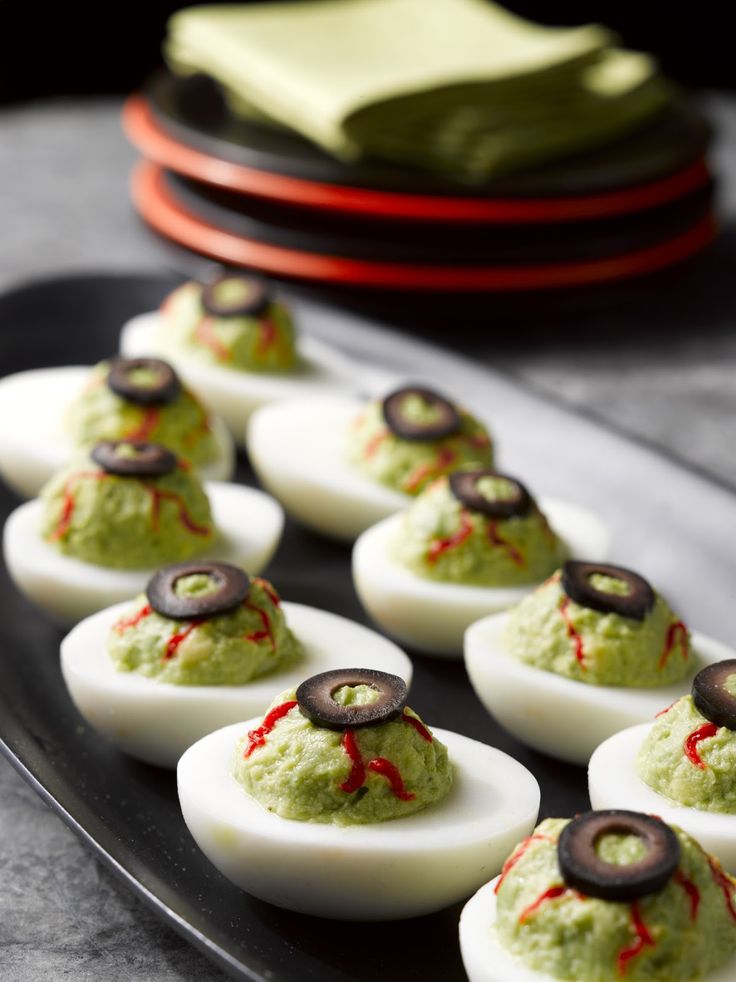 Make sure you take a baby first aid and CPR training course. Find one through your local hospital, public health center, or community center. It’s so important to be confident and knowledgeable about how to react in an emergency like choking way, you are confident in dealing with choking if it does happen.
Make sure you take a baby first aid and CPR training course. Find one through your local hospital, public health center, or community center. It’s so important to be confident and knowledgeable about how to react in an emergency like choking way, you are confident in dealing with choking if it does happen.
8. Be careful with this one food, in particular
The #1 most common food that Baby-led Weaners choke on is full apples. I suggest serving apples peeled, sliced thinly and steamed for beginners. Once your baby is older, you can use a cheese grater to grate hard foods like apples. Here’s a great Flourless Oatmeal Apple Muffin recipe to try too!
I hope that these tips to prevent choking help you feel more confident in using Baby led Weaning!
Commonly Asked Questions About Choking and Baby-Led Weaning
How can I help a choking baby?
Prepare yourself by taking an infant CPR and first aid training course.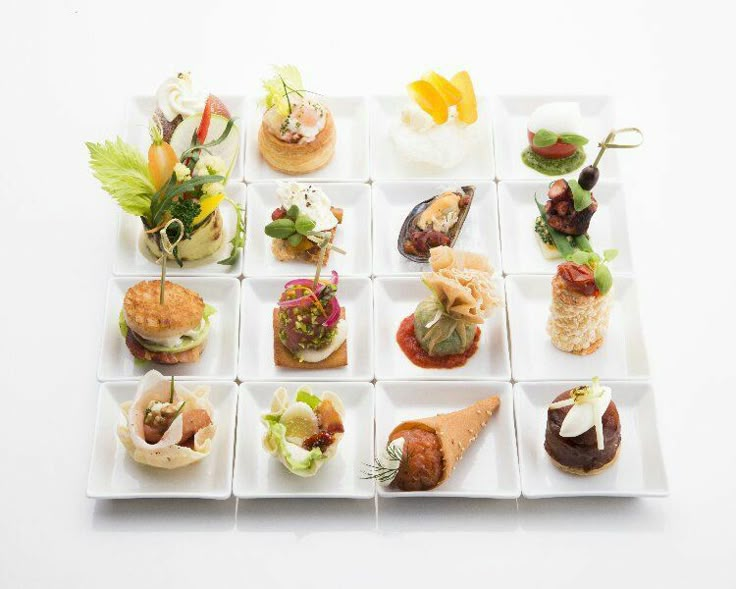 Find one through your local hospital, public health center, or community center.
Find one through your local hospital, public health center, or community center.
What are the benefits of baby-led weaning?
It’s important to know that there is no single “right way” to introduce solids to your baby, whether you want to start with traditional spoon-feeding or try baby-led weaning). There are many potential benefits to baby-led weaning, including improved dexterity, early oral-motor skill development, self-regulation, ease for parents, decreased picky eating and more.
What are the best baby-led weaning foods?
Safe finger foods include: pieces of soft-cooked vegetables and fruits; soft, ripe fruit such as banana; finely minced, ground or mashed cooked meat, deboned fish, and poultry; grated cheese; and whole grain toast strips with a thin layer of butter or nut butter. More baby-led weaning tips.
Food to Grow On
Food to Grow On is the definitive guide to childhood nutrition, packed with practical advice to support you through pregnancy, and up until your little one starts school.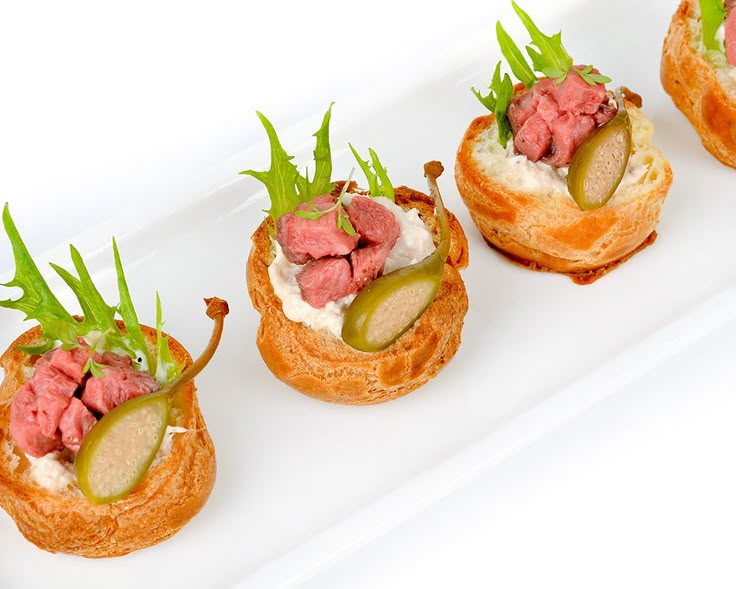
Laid out in an easy-to-navigate question and answer style, this book provides practical advice and support from Sarah Remmer and Cara Rosenbloom, two trusted registered dietitians (and moms). Food to Grow On is packed with hard-earned parenting wisdom and the very latest research in pediatric nutrition, so you will feel supported, understood, and ready to help your child thrive.
Buy Food to Grow On!
Did you know that we offer personalized nutrition counselling for kids and families? If this is something you’d like to learn more about, please visit The Centre for Family Nutrition.
*This is a guest post was originally written by guest dietitian and writer Jennifer House, RD and then revised by Sarah Remmer, RD
How to prevent your babies from choking on finger foods - CHOC
CHOC experts offer advice to parents for preventing choking hazards when their babies start self-feeding with finger foods.
Published: April 25, 2022
Last updated: November 11, 2022
Link: https://health.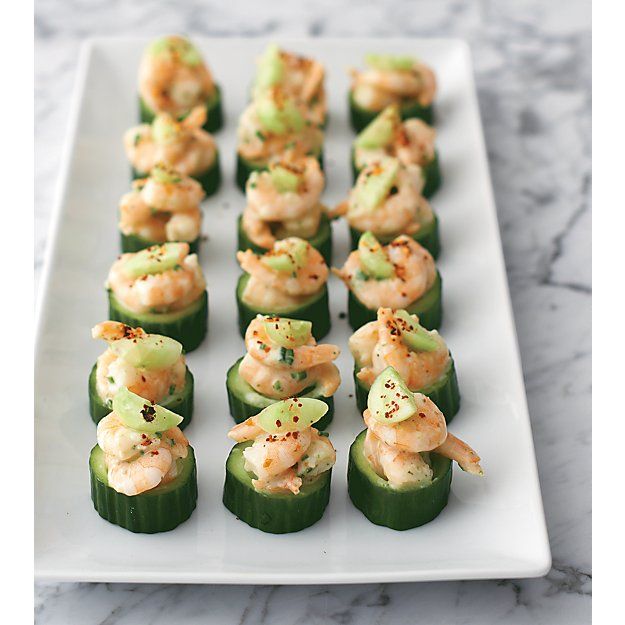 choc.org/how-to-prevent-your-babies-from-choking-on-finger-foods/
choc.org/how-to-prevent-your-babies-from-choking-on-finger-foods/
You are here: Home / Nutrition and Lactation / Nutrition / How to prevent your babies from choking on finger foods
At around 6 months of age, parents can begin introducing solid foods to their babies. This is an important step to help them learn new tastes and textures, get nutrients and develop healthy eating habits.
By the time babies are 9 months old, they will have developed the fine motor skills — the small, precise movements — needed to pick up small pieces of food and feed themselves.
With these new skills, babies can start practicing self-feeding — but parents need to stay alert about possible choking hazards. Here, CHOC experts offer tips to prevent choking hazards and foods to stay away from.
Why self-feeding is important
You may notice that your baby can take hold of food (and other small objects) between their forefinger and thumb in a pincer grasp. The pincer grasp may start out a little clumsy, but with practice soon becomes a real skill.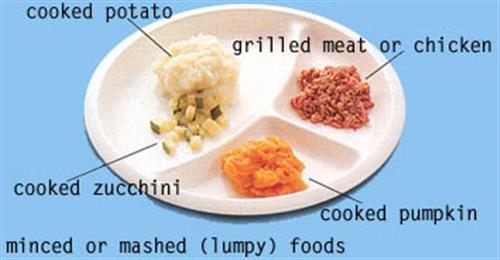
Let your child self-feed as much as possible. You’ll still help by spoon feeding cereal and other important dietary elements. But encouraging finger feeding helps your child develop independent, healthy eating habits.
Learn more nutrition tips for infants.
Finger feeding — and later, using utensils — gives babies some control over what they eat and how much. Sometimes they’ll eat the food, sometimes not, and that’s all part of the process of learning self-regulation. Even little kids can tell when they’re hungry or full, and finger feeding can help them learn to recognize and respond to these cues.
How to prevent choking when your baby is eating finger foods
When your baby is self-feeding with finger foods, it’s important to keep a close eye on them to ensure their safety. Here are some mealtime strategies to help prevent your child from choking:
- Have your child sit in a highchair or other safe place while eating.
- Prevent your child from lying down, crawling or walking while eating.
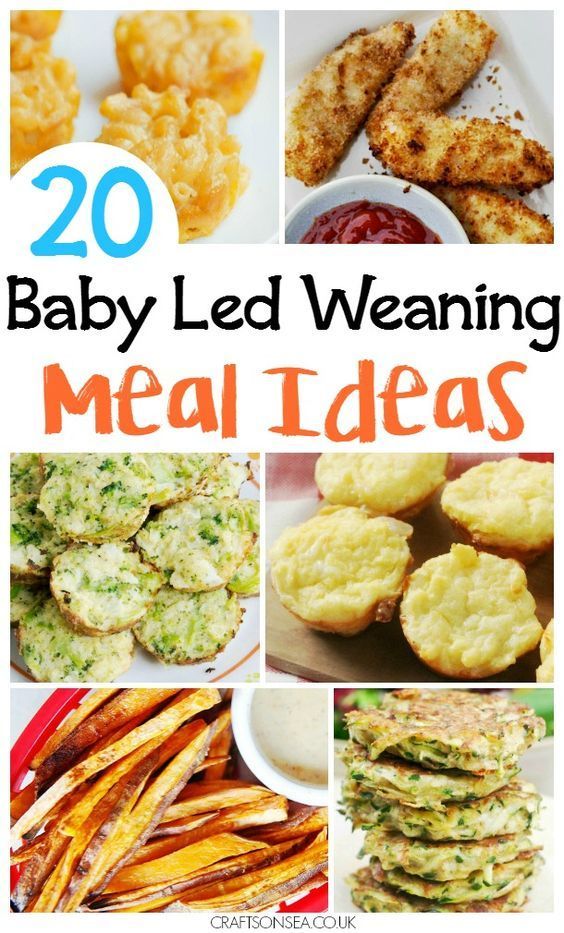 Make sure they are sitting up.
Make sure they are sitting up. - Avoid letting your child eat in the car or stroller.
- Keep mealtimes calm. Avoid distractions, disruptions and rushing when eating.
- Always pay close attention to what your child puts in their mouth.
- Watch your child at all times while they are eating.
What should my 6- to 12-month-old baby eat?
Although it means more work for whoever makes the meals for the family, dishes often can be adapted for the baby. For instance, your little one can have some of the zucchini you’re making for dinner. Cook that serving a bit longer — until it’s soft — and cut it into pieces small enough for the baby to handle. Pieces of ripe banana, well-cooked pasta and small pieces of chicken are other good choices.
To determine if a food item is suitable for your baby, try a bite first and ask yourself:
- Does it melt in the mouth? Some dry cereals and crackers that are light and flaky will melt in the mouth.
- Is it cooked enough so that it mushes easily? Well-cooked veggies and fruits will mush easily, as will canned fruit and vegetables (choose ones without added sugar or salt).

- Is it soft? Cottage cheese, shredded cheese and small pieces of tofu are good examples.
- Can it be gummed? Pieces of ripe banana and well-cooked pasta can be easily mashed in the gums of your baby.
- Is it small enough? Food should be cut into small pieces. The sizes will vary depending on the food’s texture. A piece of chicken, for instance, needs to be smaller than a piece of watermelon, which even a pair of baby gums will quickly smash.
If your child doesn’t like a kind of food, don’t let that stop you from offering it at future meals. Kids are naturally slow to accept new tastes and textures. For example, some are more sensitive to texture and may reject coarse foods, such as meat. When introducing meat, it’s helpful to start with well-cooked ground meats or shreds of thinly sliced deli meats, such as turkey.
Present your baby with a variety of foods, even some that he or she didn’t seem to like the week before. Don’t force your baby to eat, but realize that it can take 10 or more tries before a child will accept a new food.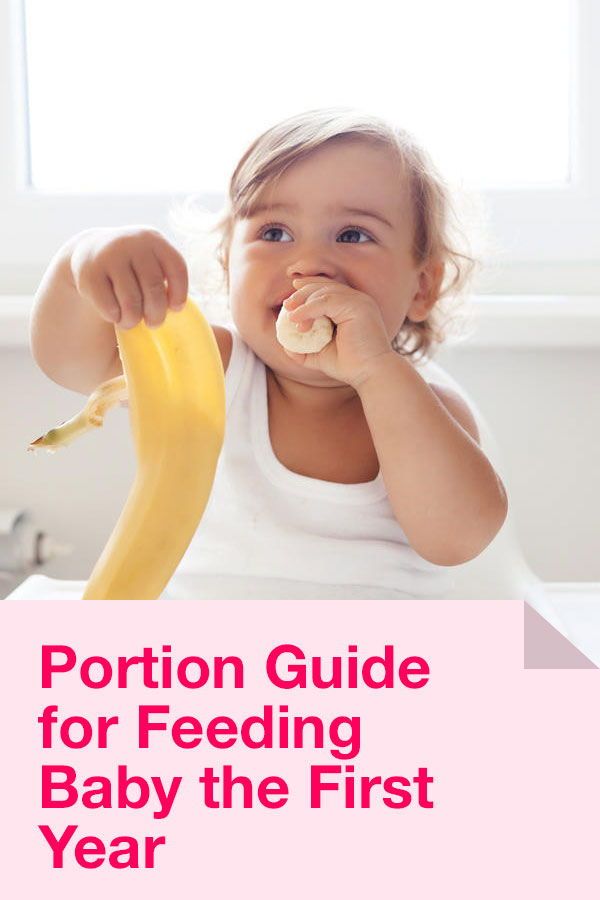
Read CHOC’s ultimate guide for starting solid foods.
Choking hazards for babies to avoid
There are specific types of food that should be avoided when feeding your baby. Foods that are potential choking hazards include:
- Pieces of raw vegetables or hard fruits.
- Whole grapes, berries, cherry or grape tomatoes. Instead, peel and slice or cut in quarters.
- Raisins and other dried fruit.
- Peanuts, nuts and seeds.
- Large scoops of peanut butter and other nut or seed butters. A thin layer is OK though.
- Whole hot dogs and sausages. Peel and cut these into very small pieces.
- Untoasted bread, especially white bread that sticks together
- Chunks of cheese or meat.
- Candy, such as hard candy, jellybeans, gummies and chewing gum.
- Popcorn, pretzels, corn chips and other snack foods.
- Marshmallows.
These foods aren’t safe and may cause your child to choke. Many healthcare providers suggest these foods be saved until after your child is age 3 or 4.
The same way your baby can pick up food with their pincher grasp, they may also try to pick up and eat small items around your house. Pick up anything off the floor that might be dangerous to swallow, like deflated balloons, pen caps, coins, beads and batteries. Make sure to keep toys or gadgets with small parts out of reach.
What to do if your baby begins chokingParents should call 911 for any serious choking situation.
There are several possible situations you might face if your baby begins choking. Here are some tips on how to handle them:
If your baby is choking and coughing but can breathe and make sounds:Fortunately, this means the airway is not completely blocked. It’s best to do nothing. Watch the child carefully and make sure they recover completely. The child will likely be fine after a good coughing spell.
Don’t reach into the mouth to grab the object or even pat the child on the back. Either of these steps could push the object farther down the airway and make the situation worse.
Stay with the child and remain calm until the episode passes.
Learn more first aid tips for your home from CHOC experts.
If your baby is conscious but can’t breathe, make noise or is turning blue:Call 911 or tell someone nearby to call 911 immediately. This situation calls for abdominal thrusts if you’ve been trained to do so. If you haven’t been trained, and no one else is available who has been, wait until help arrives.
If the child was choking and is now unconscious and no longer breathing:Shout for help and call 911, or tell someone nearby to call 911 immediately.
Start CPR right away, if you’ve been trained in it. If you have not been trained, and no one else is available who has been, wait until help arrives.
CPR and first-aid courses are a must for parents, other caregivers and babysitters. To find one in your area, contact your local American Red Cross, YMCA, American Heart Association chapter or other community resources.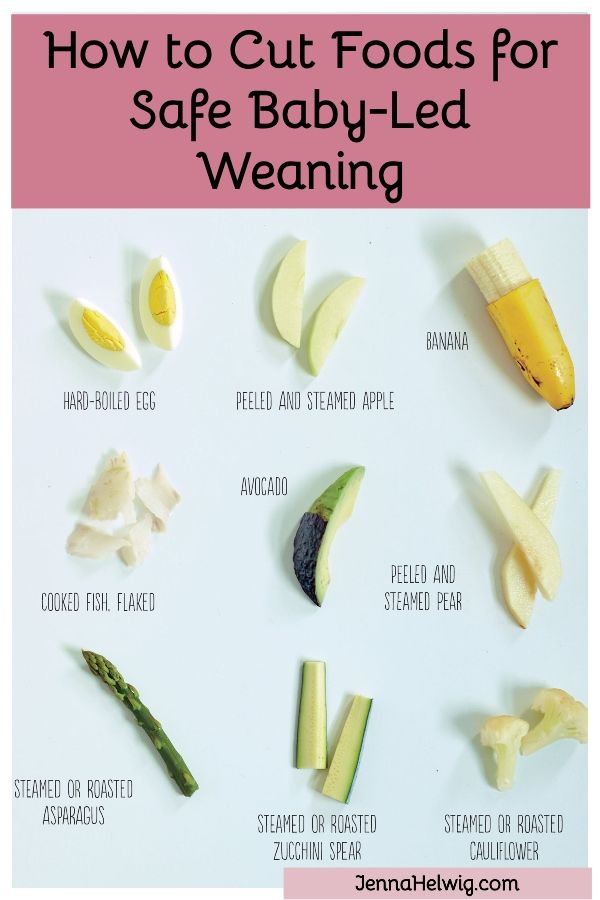
For more health and wellness resources from the pediatric experts at CHOC, sign up for the Kids Health newsletter.
How to prevent and treat respiratory illnesses this season
Unfortunately, many kids get infected with respiratory illnesses in the fall and winter seasons. CHOC experts highly encourage all eligible members of households to receive their annual flu shots. Other preventative measures like good hygiene and staying home when sick can help protect families from illness. The following articles and guides provide more information.
Get more safety and injury prevention tips from CHOC experts
More children are affected by injuries than all other childhood illnesses and diseases combined. Most of these injuries are predictable and preventable. Here’s how to keep your child safe.
Visit the Safety Guide
Related Topics
Babies Nutrition Nutrition and Lactation Safety Printer-friendlyIdentifying eating disorder symptoms in teens
A CHOC dietitian explains the warning signs and symptoms of eating disorders in teens, and what parents should watch for.

Mechanical bull riding may cause severe injuries in kids
A CHOC research study discovers the injury risks and safety of mechanical bull riding for kids and encourages more safety precautions.
Button battery ingestion and kids: What parents should know
If kids ingest a button battery, they may require surgery. CHOC experts offer preventative measures and how parents should respond.
The guidance on this page has been clinically reviewed by CHOC pediatric experts.
For more health and wellness resources from the pediatric experts at CHOC, sign up for the Kids Health newsletter.
The contents of this webpage, including text, graphics, audio files, and videos (“Materials”), are for your general information only. The Materials are not intended to substitute qualified professional or medical advice, diagnoses, or treatments.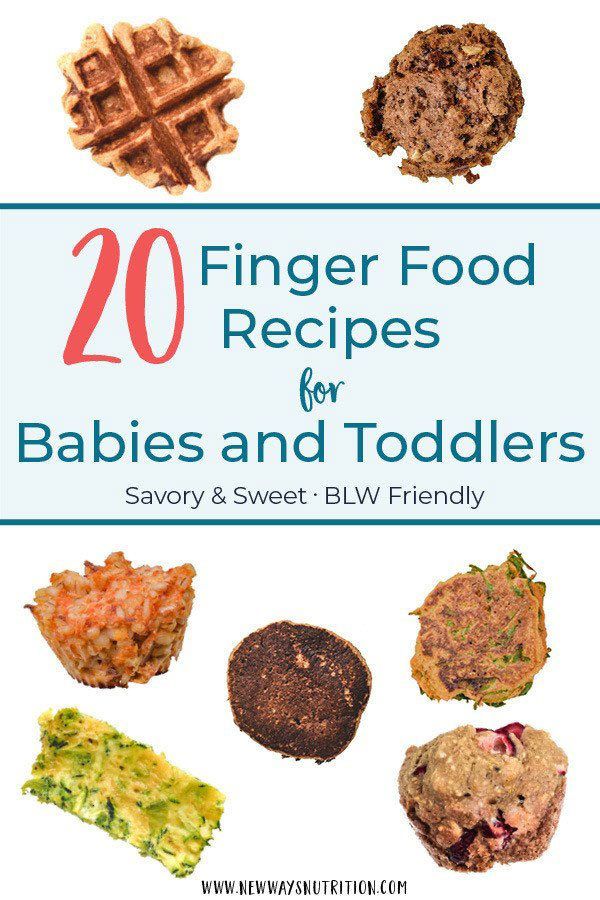 CHOC does not recommend or endorse any specific tests, physicians, products, procedures, or other information that may be mentioned on or linked to this webpage. Always call your physician or another qualified health provider if you have any questions or problems. If you think you may have a medical emergency, call your doctor, go to the nearest emergency department, or call 911.
CHOC does not recommend or endorse any specific tests, physicians, products, procedures, or other information that may be mentioned on or linked to this webpage. Always call your physician or another qualified health provider if you have any questions or problems. If you think you may have a medical emergency, call your doctor, go to the nearest emergency department, or call 911.
For more health information for your family visit health.choc.org
Eating with your hands and not getting fat: a new trend in baby feeding - Parents.ru
About nutrition
- in fact, it is a continuation of pedagogical complementary foods - a trend that appeared in Russia relatively recently, but has already become widespread. What it is? Pedagogical complementary foods are not an independent complementary feeding system in its traditional sense (it does not contain specific recommendations regarding the sequence of introducing products and their combinations), but a way to introduce a child to “adult” food and table behavior skills.
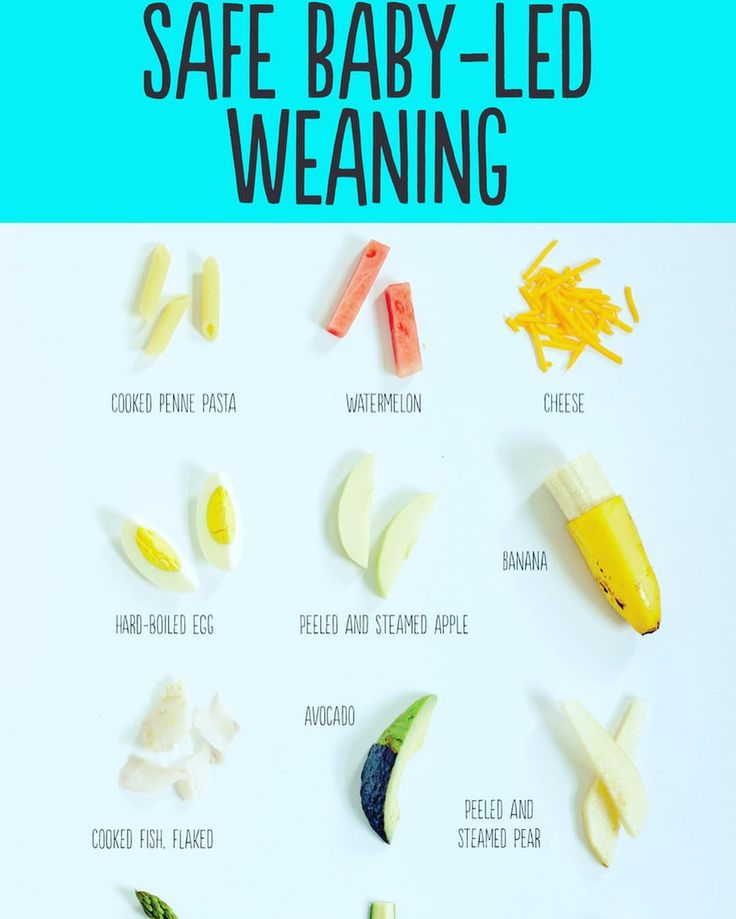 He implies that if the baby shows interest in food on her mother’s plate, she should offer him this food in the amount of a “microdose” (a droplet on the tip of a teaspoon or a piece the size of a pea) without prior grinding. The main slogan of pedagogical complementary foods is: "Put the child at the common table when the whole family is together, and let him choose what he likes."
He implies that if the baby shows interest in food on her mother’s plate, she should offer him this food in the amount of a “microdose” (a droplet on the tip of a teaspoon or a piece the size of a pea) without prior grinding. The main slogan of pedagogical complementary foods is: "Put the child at the common table when the whole family is together, and let him choose what he likes." Why
Children eat with their hands more conveniently and “tastier” than cutlery, which is why they do it with pleasure. But finger food is not just entertainment: there are many advantages to eating with your fingers.
-
Improving the ability to chew. It does not happen that up to a year the baby received only breast milk, and then suddenly began to chew the pieces wonderfully. The baby learns to chew gradually, so it is very important not to miss the age stages of this skill and offer solid foods in a timely manner.
-
Grasping exercises.
 By eating with his hands, the child masters the "tweezer" grip (children grab small pieces of food using the thumb and forefinger), which is necessary for the development of fine motor skills. In the future, this will help them perform many exercises in which they need to be able to capture small objects: lay out a mosaic, sculpt, draw, embroider. In addition, the development of a "tweezer" grip prepares the child's hand for writing.
By eating with his hands, the child masters the "tweezer" grip (children grab small pieces of food using the thumb and forefinger), which is necessary for the development of fine motor skills. In the future, this will help them perform many exercises in which they need to be able to capture small objects: lay out a mosaic, sculpt, draw, embroider. In addition, the development of a "tweezer" grip prepares the child's hand for writing. -
Correction of eating behavior. By the age of two, it has already been formed in some way, and if before the diet was scarce and monotonous, when accustomed to the “adult table”, the baby may reject new foods. "Finger food" - first from mom's plate, and then from your own - will help the child to harmoniously move on to a common meal.
-
Way of knowing the world around. Eating with hands at an early age has a positive effect on child development in general: the baby receives a lot of information - visual, tactile, olfactory, gustatory and even auditory (foods come in different colors, tastes, textures - they can crunch, squish, etc.
 ). This is very useful: in addition to the fact that the child learns to be independent, he also conducts a kind of identification of dishes on the table.
). This is very useful: in addition to the fact that the child learns to be independent, he also conducts a kind of identification of dishes on the table.
-
- Photo
- Compassionate Eye Foundation/Three Images/Getty Images
- Photo
- Kumacore/Getty Images
-
Do not breastfeed your baby: the risk of choking is much lower if the baby is seated across from you in a high chair.
-
Do not offer food to your baby when he is upset, overexcited, crawling or watching TV: small pieces of food are potentially dangerous - they can easily be put into the nose or ear, and also try to inhale. Never leave a child unattended while eating!
-
For the same reason, do not give him small dense rounded foods: grapes, nuts and raisins, green peas, olives. Cut vegetables and fruits of a dense texture (apples, cucumbers, carrots, celery) into small cubes.
-
Discard fish: small, thin and elastic bones are very difficult to remove from it.
-
Forget sausages and sausages: they are very hard to chew and swallow.
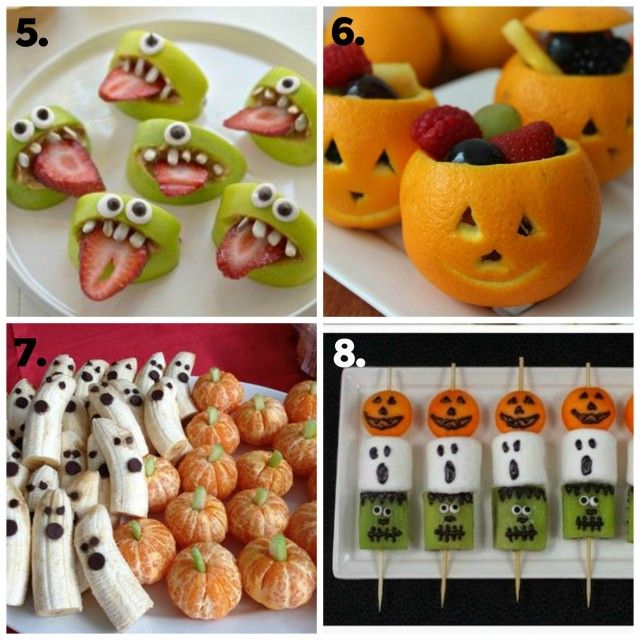
-
If you use a nibbler, make sure the nets are intact and clean. And, of course, be sure to wash your hands before eating - both children's and your own.
- Photo
- Yiu Yu Hoi/Getty Images
-
Vegetables. They must be cooked so that they are soft, peeled and de-seeded. Diced boiled potatoes are a great food to eat with your hands. Small soft cubes of boiled carrots, broccoli, pumpkins are also perfect for a child up to a year old. A treat for older kids: slices of cucumber or sweet pepper - these vegetable sticks are conveniently dipped in various sauces.
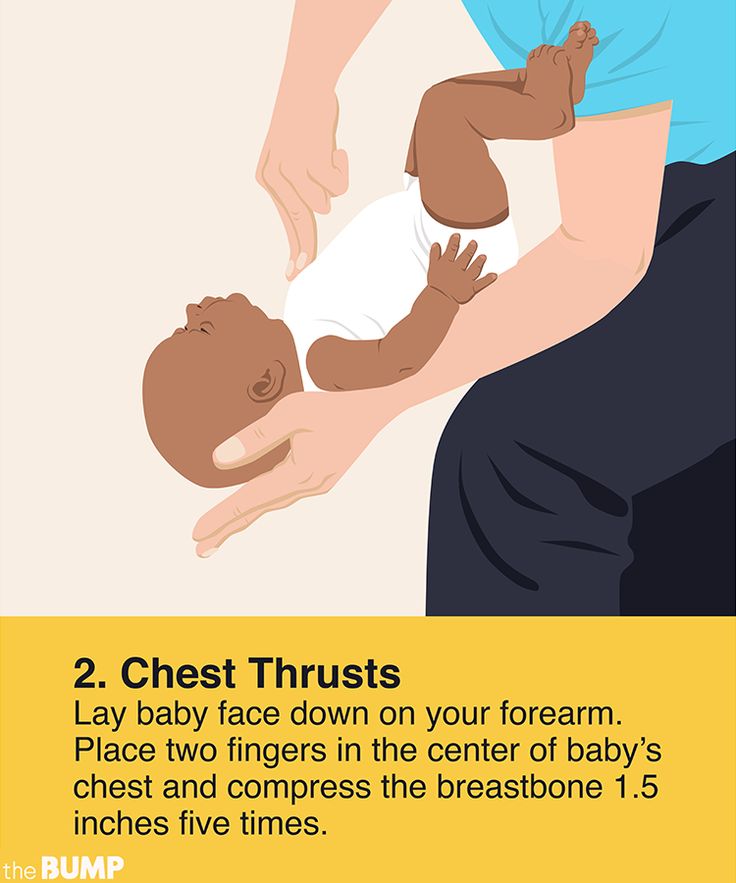
-
Fruit. Small cubes of watermelon, melon, ripe banana, pear will do. Cut them into small plates or sticks to make it easier for the baby to bite off.
-
Everything else. Also, soft pasta (tubes, horns, shells, bows), egg yolks from quail eggs and small pieces of soft cheese (tofu, goat or mozzarella), steamed meatballs, pieces of chicken or turkey fillet will be useful and perfect for eating with your hands . Cut pancakes into thin strips - you can dip them directly with your hands in yogurt, sour cream or fruit puree.
- The brain needs to coordinate the actions of the hands, mouth and jaw
- Mouth, tongue, jaw muscles are being trained
- Gastrointestinal tract adapts to digest food other than solids, not just purees and liquids.
Eat little, baby!
British scientists have proven that "eating with your hands" reduces the risk of obesity in a child. They conducted an experiment in which more than 150 children aged 6 months to 6 years took part. Half of the parents suggested that their children take pieces of solid food from the plate, the rest - fed from a spoon. The results of the study showed that children who joined the common table through finger food were less likely to suffer from overweight in middle and high school age. Domestic doctors do not quite agree with the conclusion of foreign experts: if the child is not persuaded and not blackmailed (“a spoon for mom, a spoon for dad”, “eat - I’ll give you candy!”), He, eating even with the help of cutlery, he will determine for himself the optimum amount of food to eat.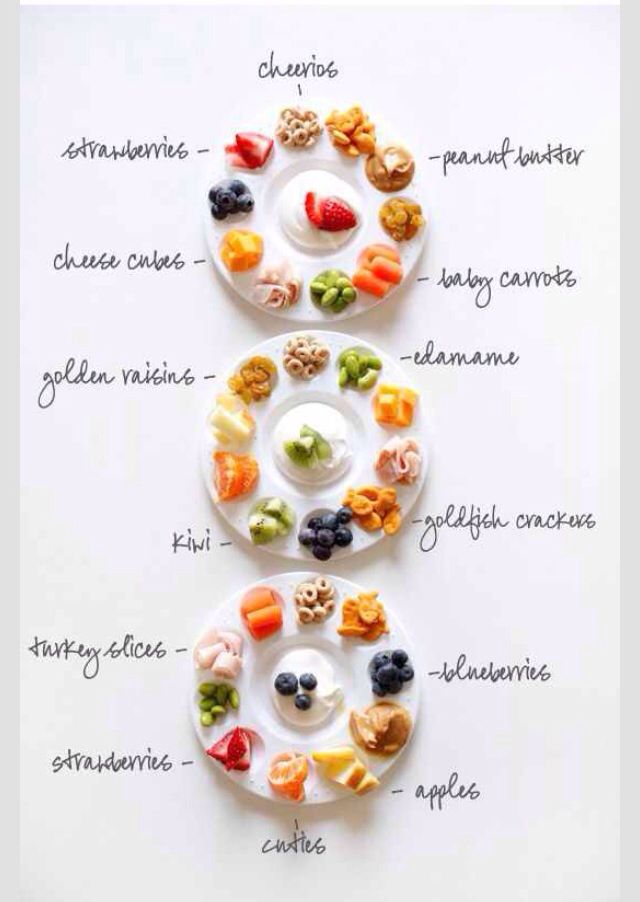 The main thing is that high-quality and healthy products are always present on the children's plate.
The main thing is that high-quality and healthy products are always present on the children's plate.
When
At what age can you give small pieces of food to a baby? As soon as the baby begins to sit confidently without assistance. It’s good if at 4.5 months, under strict parental guidance, he grinds a dry bagel or a piece of apple in a nibbler with his gums. Do not forget that the consistency of the main complementary foods (porridge, mashed potatoes, etc.) should gradually become thicker so that the child has a need to work with his jaws, lips, tongue. Then you can reduce the degree of grinding: use a meat grinder, grater, fork. All this will gradually teach the baby to fully chew food. Usually, from 7 to 12 months, this skill is successfully formed, and at the age of one, if the child received pediatric complementary foods according to age, he may well be fed with food with his hands on his own.
“Food with hands” is suitable for children from 7–8 months to 1. 5 years. Then the child should make friends with cutlery and learn to get pleasant tactile sensations in other ways.
5 years. Then the child should make friends with cutlery and learn to get pleasant tactile sensations in other ways.
How many
Food with hands is always present in our diet, because bread, pies, chicken wings, khinkali, desserts like “oriental sweets”, and many other things we eat without cutlery . Therefore, there will always be finger food in the child's diet, and it is not necessary to artificially observe its volume. But it is necessary to accustom the baby to cutlery: at eight months he should eat with a spoon with his mother, and at 1.5 years old he should use cutlery on his own. It is both civilized and more hygienic.
How to
Be patient: it is not easy to encourage baby food with your hands, because at first more of it will end up on the floor instead of your mouth. Cover the table with oilcloth and use a plate with a suction cup - it will be more difficult for your baby to knock it over. Also, special containers like lunch boxes with internal dividers are good for finger food: arrange the edible pieces in different sections, and let the baby explore their contents.
Also, special containers like lunch boxes with internal dividers are good for finger food: arrange the edible pieces in different sections, and let the baby explore their contents.
Safety Instructions
What
A good food to eat with your hands is one that can be broken into small pieces that are easy to chew or even dissolve in your mouth. The main thing is to make sure that the baby will not only be able to easily hold them in his hands, but also will not choke.
Arrange thick dips of different colors (yellow for cheese, green for spinach or avocado, red for berries) on a plate in circles, imitating a palette. Let the baby mix them with his hands, getting new colors and flavors.
Trying by mouth
Practically all parents know today that it is useful for a baby to touch different objects with his hands from a very early age. The fingertips are equipped with many nerve endings, and stimulating them not only transmits a lot of information to the brain, but also relieves nervous tension. It's safe to say that eating with your hands is soothing. Any tactile sensations have a beneficial effect not only on the nervous system, but, according to some reports, increase immunity. When a baby eats with his hands, he is not so much satiated as he explores unfamiliar objects with his mouth (in tactile terms, the mouth provides him with more effective information than hands). Some children under two years of age retain the need to study objects in this particular form: “Everything is dragged into the mouth,” mothers complain. Nevertheless, at the age of two, a child should be as accustomed to a civilized meal as possible - to be able to use a spoon and a fork. If the baby continues to eat with his hands, this is either from a lack of education, or from a lack of attention and a lack of tactile sensations, which at this age should be replenished in other adequate ways (with the help of mother's hugs, on a carpet with favorite toys).
It's safe to say that eating with your hands is soothing. Any tactile sensations have a beneficial effect not only on the nervous system, but, according to some reports, increase immunity. When a baby eats with his hands, he is not so much satiated as he explores unfamiliar objects with his mouth (in tactile terms, the mouth provides him with more effective information than hands). Some children under two years of age retain the need to study objects in this particular form: “Everything is dragged into the mouth,” mothers complain. Nevertheless, at the age of two, a child should be as accustomed to a civilized meal as possible - to be able to use a spoon and a fork. If the baby continues to eat with his hands, this is either from a lack of education, or from a lack of attention and a lack of tactile sensations, which at this age should be replenished in other adequate ways (with the help of mother's hugs, on a carpet with favorite toys).
More useful materials on how to feed your baby - in our channel on Yandex. Zen.
Zen.
Evgenia Karpovskaya
When to introduce the pieces into complementary foods?
The article was written with the help of nutritionist Victoria Vishnyakova.
You need to take the transition from puree to chunks seriously, as this step is very important.
Such food is called in English-speaking countries “finger foods” translated into Russian as “finger food”. Toddlers take pieces with their fingers, bring them to their mouths, knead them with their gums and swallow.
At the same time, several systems are included in the work at once:
You should know that, as in other stages of the development of the baby, the pieces also need to be introduced into the “window of opportunity” - this is the period during which skills are mastered easily and naturally. In cases where such a moment was missed, much more effort has to be applied.
In cases where such a moment was missed, much more effort has to be applied.
Based on modern recommendations, lumpy food should be offered from about six months, that is, almost immediately with the start of complementary foods. The deadline is about 9-10 months. – later the “window” will be closed.
You can start complementary foods not with mashed potatoes, but knead boiled vegetables with a fork, after a while you will not need to do this too carefully. Thus, the consistent addition of lumpy food to the child's diet will begin.
When you start complementary foods with mashed potatoes, then after a while offer pieces first of all, and if suddenly the baby gets tired, give mashed potatoes.
You can not mix puree with pieces! Toddlers do not expect that a solid object may be caught in their usual food - they will begin to "suck" it and may choke. As a result, there is a possibility that there will be a fear of food and even a temporary refusal of complementary foods.
Lumpy food should be soft so that children can knead it with their fingers. If the piece is hard, then it can be dangerous, since the child will not be able to chew it, but it is easy to choke on it.
There is no need to be afraid to give food in the form of pieces with the start of complementary foods. Offer your food by simply kneading it with a fork - this is normal, but only if your diet does not contain foods that are undesirable or dangerous for the baby (we wrote about this in another article).
Children can keep a piece in their mouth for a long time, and then spit it out - it's okay. Thus, they acquire many different skills, not forgetting to satisfy their hunger. Do not worry, put a plate, take your time - the child can crush, smear, spit, and eat what is needed.
Most importantly, do not leave children alone during this process, because there is a risk of choking. At a time when the baby smears food on his hands and plate, you will have time to eat your food warm.


